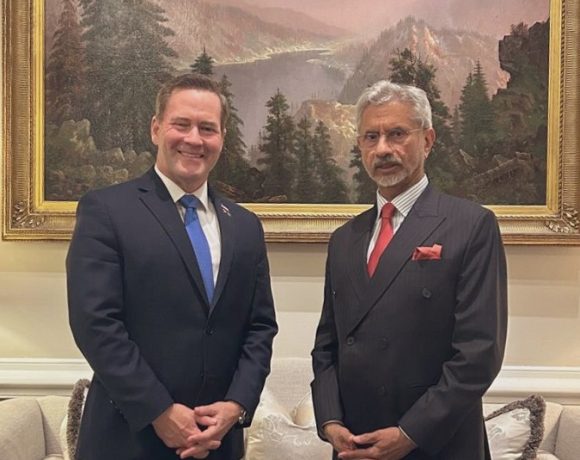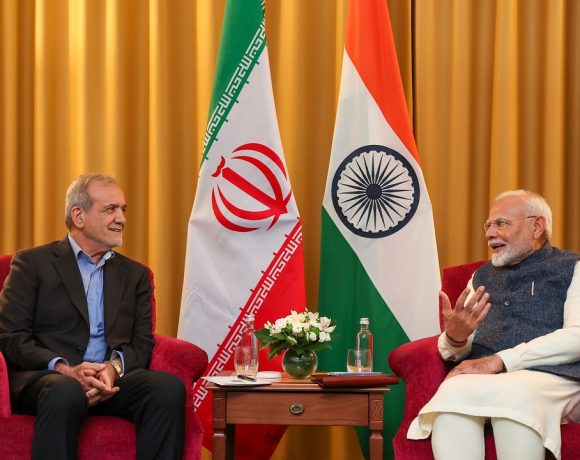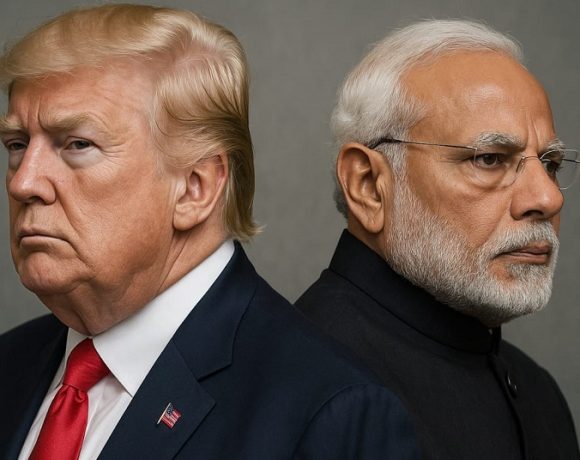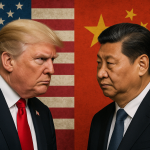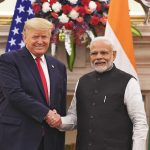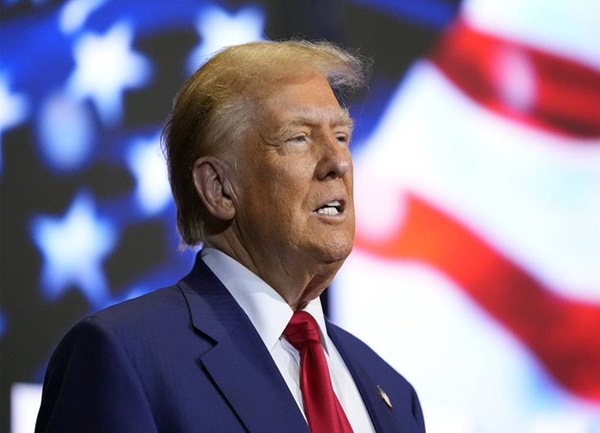
Trump Readies Tariff Letters for 12 Nations Ahead of July 9 Deadline
President Donald Trump has intensified his trade campaign by preparing formal letters warning 12 nations that they face new U.S. tariffs if they fail to submit tariff reduction schedules by July 9. The move underscores Washington’s aggressive posture in trade negotiations and its readiness to escalate economic pressure.
Trump Tariffs: Final Warning Issued
White House officials confirmed that the letters will require recipients to either agree to lower punitive tariffs or accept new duties. According to government sources, countries are being given a clear deadline: submit tariff schedules by July 9—or endure the full brunt of U.S. tariff authority. The message is emphatic: “take it or leave it.”
This stern approach reflects the Trump administration’s willingness to impose unilateral economic measures outside multilateral frameworks, maintaining pressure ahead of the mid‑July deadline.
Economic Coercion as Diplomatic Strategy
The gesture signals that tariffs have been weaponized as primary tools of diplomacy. By establishing hard deadlines and transparent consequences, the U.S. seeks to streamline commitments from trading partners while reinforcing its dominance in global negotiations.
Countries at Risk: 12 Under Notice
Although the specific nations receiving warnings have not been officially named, insiders suggest they include major trading partners such as India and several Asia-Pacific economies. These countries are currently navigating high-stakes talks—especially with the looming July 9 deadline tied to broader trade deal efforts.
Fallout: A Gamble on Market Access
For the countries involved, the stakes are considerable. Accepting lower tariffs could mean increased access to the U.S. market—but may require compromising domestic protection for industries. Refusal, on the other hand, risks steep tariffs that could hurt exports and slow economic growth. The choice looms large.
A Deadline That Could Reshape Trade
As July 9 approaches, both the U.S. and its trade partners face a high-drama finale. Trump’s hardline deadline forces a strategic reckoning—will targeted countries comply under pressure, or will the U.S. implementation of punitive duties trigger deeper global friction?
This unfolding situation will shape the future of U.S. trade strategy and could reconfigure global supply chains, contingent on how both sides act in the coming days.


